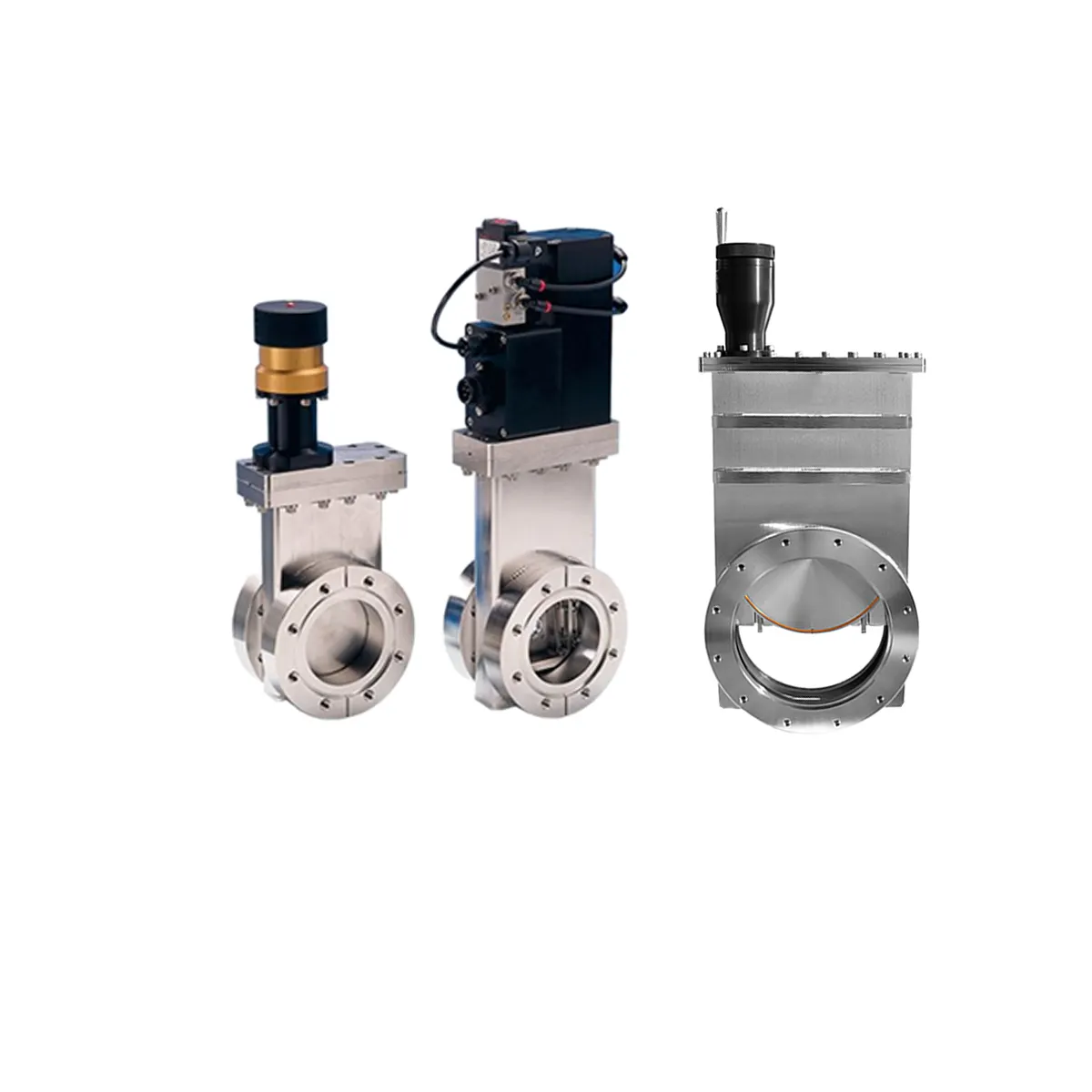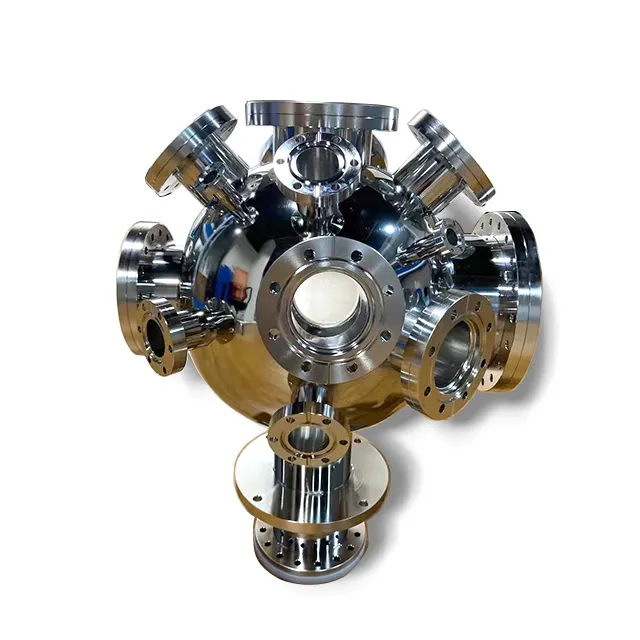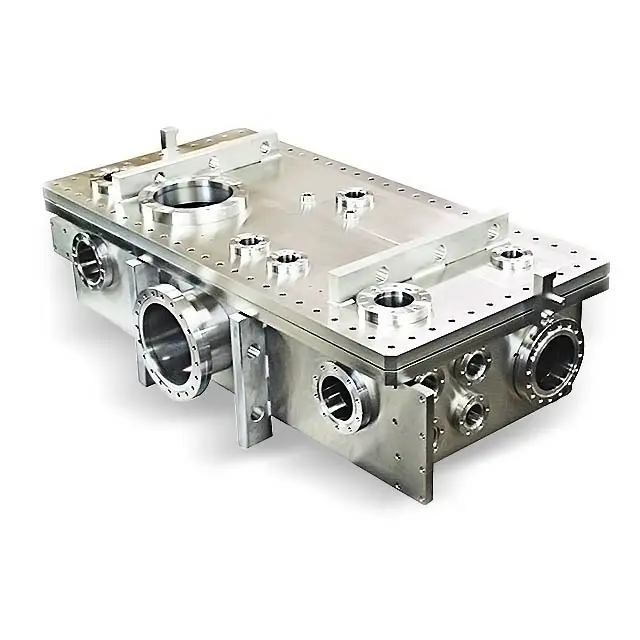vacuum pipe connectors
Vacuum pipe connectors serve as crucial components in vacuum systems, providing secure and leak-free connections between various sections of vacuum piping networks. These specialized fittings are engineered to maintain system integrity by creating airtight seals that prevent pressure loss and contamination. The connectors are typically manufactured from high-grade materials such as stainless steel, aluminum, or brass, ensuring durability and corrosion resistance. Modern vacuum pipe connectors incorporate advanced sealing technologies, including metal-to-metal seals, elastomer O-rings, or specialized gaskets, depending on the application requirements. They come in various configurations, such as quick-release clamps, flanged connections, and threaded fittings, offering flexibility in system design and maintenance. The connectors are designed to withstand significant pressure differentials while maintaining vacuum integrity across a wide range of operating conditions. These components are essential in industries such as semiconductor manufacturing, research laboratories, pharmaceutical production, and vacuum coating processes, where maintaining precise vacuum levels is critical for operational success. Advanced features like double-wall construction and integrated vacuum testing ports enhance their reliability and ease of maintenance.


